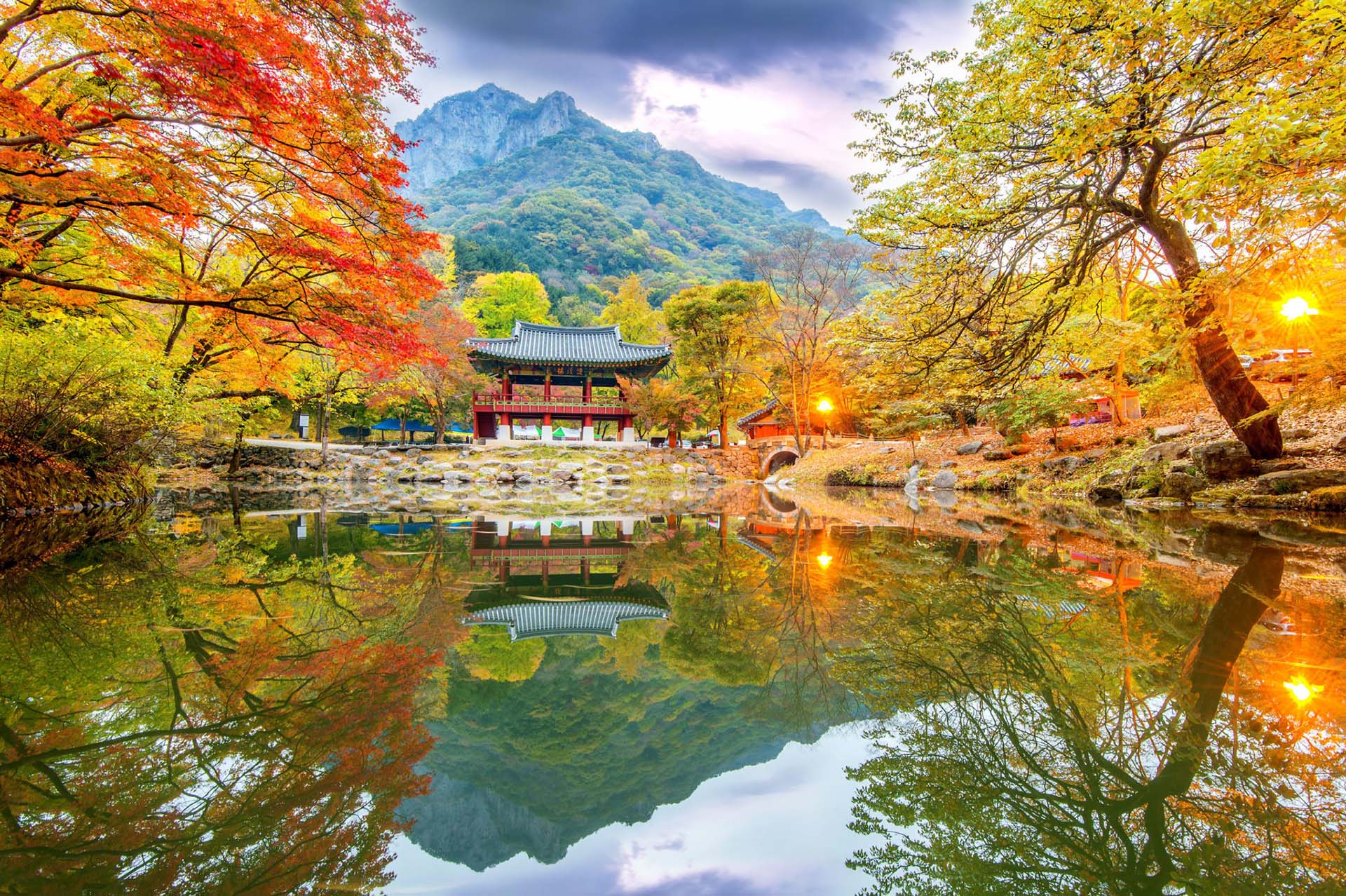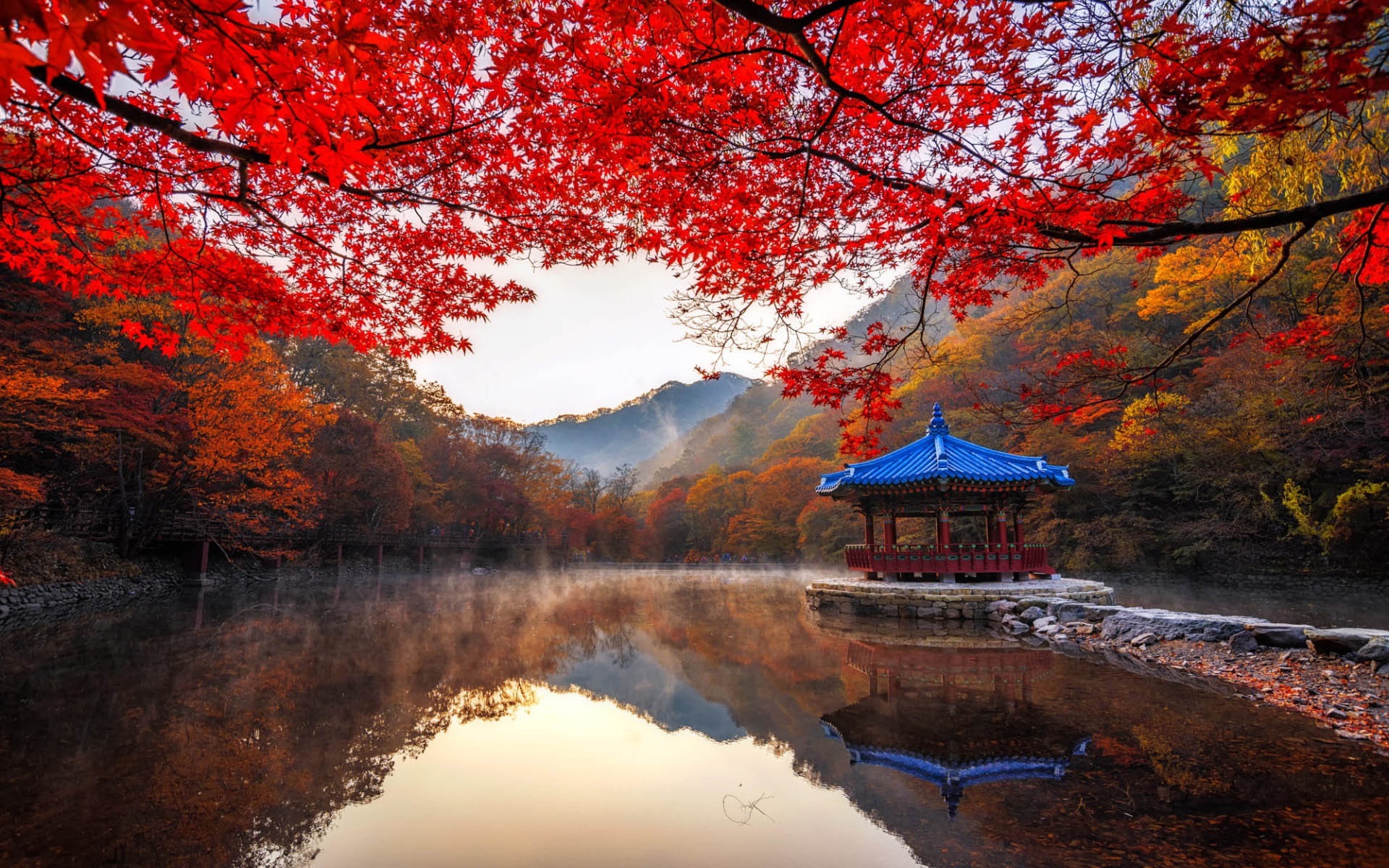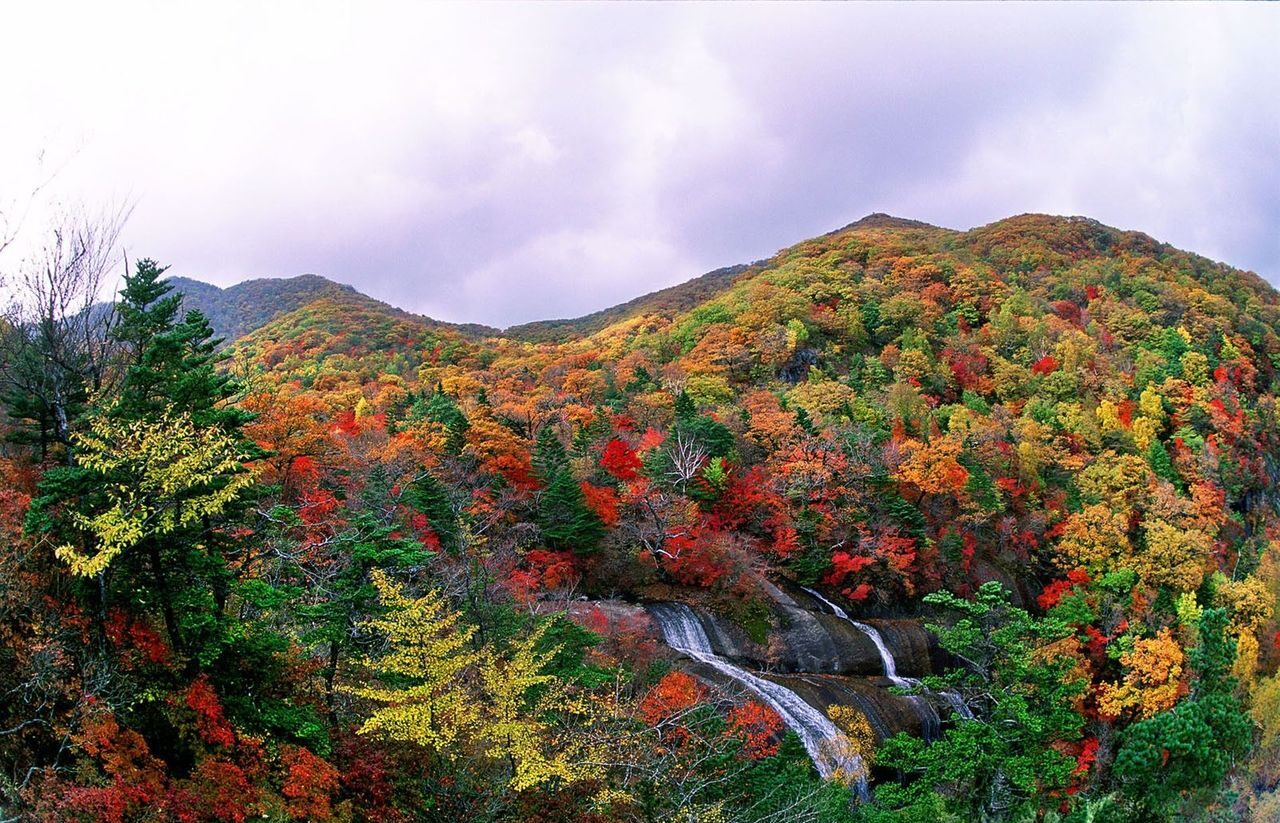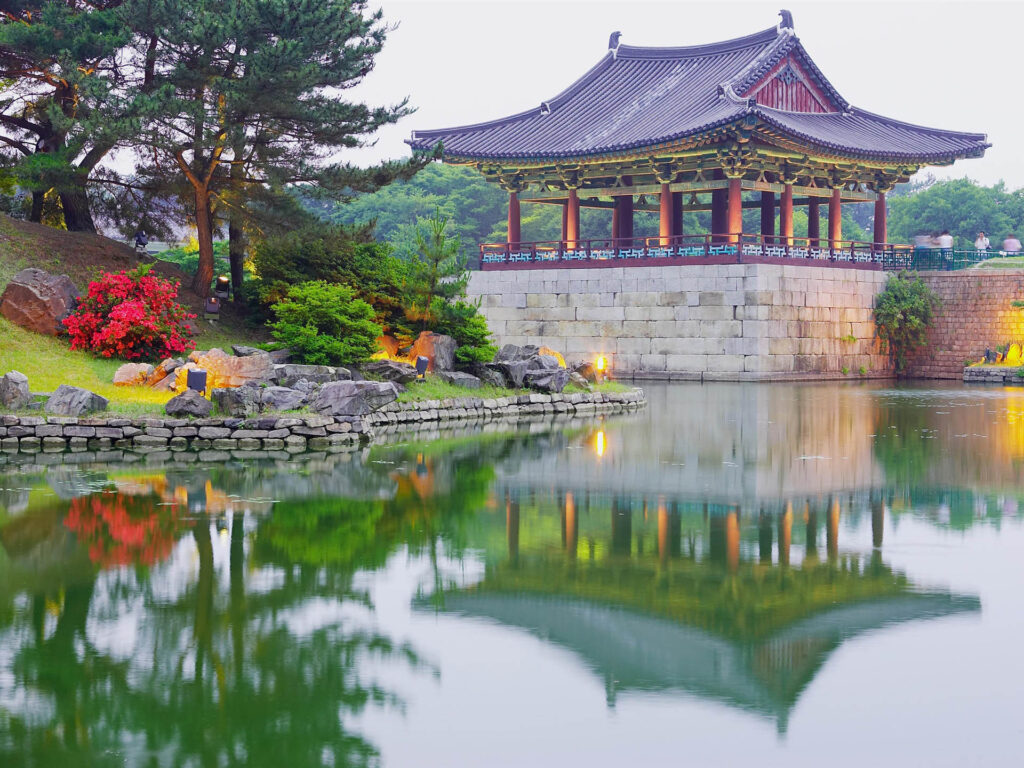Introduction
Korea National Park, often referred to as the “jewel of South Korea,” encompasses a diverse range of landscapes, flora, and fauna. This sprawling network of protected areas includes mountains, coastlines, forests, and wetlands, each offering unique opportunities for outdoor recreation, wildlife observation, and cultural exploration. This article delves into the rich history, natural beauty, and visitor experiences of Korea National Park, providing a comprehensive guide for travelers and nature enthusiasts.

Historical Background of Korea National Park
The Inception of Korea National Parks
Early Conservation Efforts
The concept of national parks in Korea dates back to the mid-20th century. Inspired by global conservation movements, the South Korean government recognized the need to preserve the nation’s natural heritage. The establishment of Korea’s first national park, Jirisan National Park, in 1967 marked the beginning of a robust network of protected areas.
Legislative Framework
The designation of national parks in South Korea is governed by the Natural Parks Act, enacted in 1967. This legislation provides the framework for the management, conservation, and sustainable use of national parks, ensuring that these natural treasures are preserved for future generations.
Expansion and Development
Growth of the National Park System
Since the establishment of Jirisan National Park, the national park system in South Korea has grown significantly. Today, there are 22 national parks, covering approximately 6.7% of the country’s land area. These parks are categorized into mountain, coastal, and maritime national parks, each offering distinct landscapes and ecosystems.
Role of Korea National Park Service
The Korea National Park Service (KNPS) was established to oversee the management and conservation of the national parks. KNPS plays a crucial role in ensuring the protection of biodiversity, promoting sustainable tourism, and providing educational programs for visitors.

Natural Beauty and Biodiversity
Diverse Landscapes
Mountain National Parks
South Korea’s mountain national parks are characterized by rugged peaks, dense forests, and cascading waterfalls. Notable parks include:
- Jirisan National Park: The oldest and one of the largest national parks, Jirisan is renowned for its biodiversity and cultural heritage. The park is home to numerous hiking trails, including the famous Jirisan Ridge Trail.
- Seoraksan National Park: Known for its dramatic granite peaks and vibrant autumn foliage, Seoraksan attracts millions of visitors annually. The park features popular hiking routes such as Ulsanbawi Rock and Daecheongbong Peak.
Coastal and Maritime National Parks
The coastal and maritime national parks of South Korea offer stunning seascapes, sandy beaches, and diverse marine life. Key parks include:
- Hallyeohaesang National Park: Spanning an archipelago of islands, this park is famous for its scenic beauty and rich marine biodiversity. The park’s highlights include the Hallyeo Waterway and Oedo Botania.
- Dadohaehaesang National Park: The largest national park in South Korea, Dadohaehaesang encompasses hundreds of islands and islets. The park is known for its pristine beaches, crystal-clear waters, and abundant wildlife.
Flora and Fauna
Rich Biodiversity
South Korea’s national parks are home to a wide variety of plant and animal species. The diverse ecosystems within the parks support numerous endemic and endangered species.
- Flora: The parks boast a rich array of plant life, from alpine flowers and ancient pine trees in the mountain parks to coastal vegetation and salt marshes in the maritime parks.
- Fauna: The parks are inhabited by a variety of wildlife, including Korean goral, Asiatic black bear, and migratory birds. Marine parks provide habitat for dolphins, sea turtles, and a myriad of fish species.
Conservation Efforts
Efforts to conserve and protect the biodiversity of Korea’s national parks are ongoing. The Korea National Park Service implements various programs to monitor and protect endangered species, restore habitats, and control invasive species.

Cultural and Historical Significance
Historical Sites and Monuments
Ancient Temples and Shrines
Many of Korea’s national parks are home to ancient temples and shrines, reflecting the country’s rich cultural and religious heritage.
- Haeinsa Temple (Jirisan National Park): A UNESCO World Heritage site, Haeinsa Temple houses the Tripitaka Koreana, a collection of Buddhist scriptures carved onto wooden blocks.
- Naksansa Temple (Seoraksan National Park): This seaside temple offers stunning views of the East Sea and is a significant site for Buddhist worship.
Historical Fortresses and Tombs
Several national parks contain historical fortresses and tombs that provide insight into Korea’s past.
- Namhansanseong Fortress (Namhansanseong Provincial Park): A UNESCO World Heritage site, this mountain fortress played a crucial role in the defense of the capital during the Joseon Dynasty.
- Gyeongju Historic Areas (Gyeongju National Park): Known as the “museum without walls,” Gyeongju National Park features royal tombs, palaces, and artifacts from the Silla Dynasty.
Cultural Events and Festivals
Seasonal Festivals
Korea’s national parks host various cultural events and festivals throughout the year, celebrating the natural beauty and cultural heritage of the regions.
- Cherry Blossom Festivals: Many parks, such as Jirisan and Seoraksan, host cherry blossom festivals in spring, attracting visitors with the stunning display of blooming cherry trees.
- Autumn Foliage Festivals: The vibrant autumn colors in parks like Seoraksan and Odaesan are celebrated with festivals, offering a picturesque backdrop for visitors.
Traditional Performances and Rituals
Some parks also feature traditional performances and rituals, providing visitors with an immersive cultural experience.
- Buddhist Ceremonies: Temples within the parks often hold traditional Buddhist ceremonies, such as lantern lighting and meditation sessions, open to visitors.

Visitor Experience
Activities and Attractions
Hiking and Trekking
South Korea’s national parks are renowned for their extensive network of hiking and trekking trails, catering to all levels of fitness and experience.
- Jirisan Ridge Trail: A challenging multi-day hike offering breathtaking views of the surrounding mountains and valleys.
- Ulsanbawi Rock (Seoraksan National Park): A popular and moderately challenging hike with panoramic views from the summit.
Wildlife Watching
The parks provide excellent opportunities for wildlife watching, with designated viewing areas and guided tours available.
- Bird Watching: Wetland areas like those in Dadohaehaesang National Park are prime locations for observing migratory birds.
- Marine Life Observation: Coastal parks offer boat tours for dolphin and whale watching.
Water Activities
The coastal and maritime parks offer a range of water activities, including kayaking, snorkeling, and diving.
- Kayaking in Hallyeohaesang National Park: Explore the scenic waterways and coastal landscapes by kayak.
- Snorkeling and Diving: Discover the rich marine life and underwater landscapes in parks like Dadohaehaesang.
Facilities and Accommodations
Visitor Centers
Each national park has a visitor center providing information on the park’s attractions, trails, and conservation efforts. These centers often feature exhibits and educational programs.
- Interactive Exhibits: Learn about the park’s history, wildlife, and ecosystems through interactive displays and multimedia presentations.
Accommodations
A variety of accommodations are available within and near the national parks, catering to different budgets and preferences.
- Camping: Designated campsites offer a rustic and immersive nature experience.
- Traditional Hanok Stays: Experience traditional Korean culture by staying in a hanok (traditional Korean house) near the parks.
- Modern Hotels and Resorts: For those seeking comfort, there are modern hotels and resorts offering amenities such as restaurants, spas, and guided tours.
Sustainable Tourism Practices
Eco-Friendly Initiatives
The Korea National Park Service is committed to promoting sustainable tourism practices to minimize the environmental impact of visitors.
- Waste Reduction: Initiatives to reduce waste, such as recycling programs and the use of biodegradable products, are implemented in the parks.
- Energy Conservation: Renewable energy sources and energy-efficient facilities are used to reduce the carbon footprint of the parks.
Educational Programs
Educational programs aimed at raising awareness about conservation and sustainable practices are offered to visitors.
- Guided Nature Walks: Learn about the park’s ecosystems and conservation efforts on guided nature walks led by knowledgeable park rangers.
- Workshops and Seminars: Participate in workshops and seminars on topics such as wildlife conservation, traditional crafts, and sustainable living.

Tips for Visitors
Best Times to Visit
The best times to visit Korea’s national parks vary depending on the season and the specific park.
- Spring (April to June): Ideal for enjoying cherry blossoms and mild weather.
- Autumn (September to November): Offers vibrant fall foliage and comfortable temperatures.
- Winter (December to February): Perfect for snow-covered landscapes and winter sports in mountain parks.
What to Bring
- Appropriate Clothing: Dress in layers and wear comfortable hiking shoes. Bring rain gear and sun protection as needed.
- Snacks and Water: Carry sufficient snacks and water, especially for long hikes or remote areas.
- Maps and Guides: Obtain maps and guides from visitor centers to navigate the trails and attractions.
Safety Tips
- Stay on Marked Trails: To protect the environment and ensure your safety, stay on marked trails and follow park regulations.
- Respect Wildlife: Observe wildlife from a distance and do not feed or disturb animals.
- Prepare for Emergencies: Carry a first aid kit and know the location of emergency facilities within the park.
Future Prospects
Ongoing Conservation Efforts
The Korea National Park Service continues to implement and enhance conservation efforts to protect the natural and cultural heritage of the parks.
- Habitat Restoration: Projects to restore degraded habitats and reintroduce native species are ongoing.
- Research and Monitoring: Continuous research and monitoring programs help to understand and address environmental challenges.
Expanding Visitor Programs
New and expanded visitor programs aim to enhance the educational and recreational experience in the parks.
- Digital Resources: Development of digital resources such as mobile apps and virtual tours to provide information and enhance visitor engagement.
- Inclusive Programs: Initiatives to make the parks more accessible to all visitors, including those with disabilities.
Sustainable Development Goals
Aligning with global sustainable development goals, Korea’s national parks strive to balance conservation with community development and tourism.
- Community Involvement: Engaging local communities in conservation efforts and promoting eco-tourism opportunities.
- Climate Action: Implementing measures to mitigate the impacts of climate change on park ecosystems.
Conclusion
Korea National Park is a testament to South Korea’s commitment to preserving its natural and cultural heritage. With its breathtaking landscapes, rich biodiversity, and deep cultural significance, the park offers an unparalleled experience for visitors. Whether you are an avid hiker, a wildlife enthusiast, or a cultural explorer, Korea National Park provides a unique and enriching destination. As ongoing conservation efforts and sustainable tourism practices continue to evolve, Korea National Park will remain a cherished natural treasure for generations to come.










